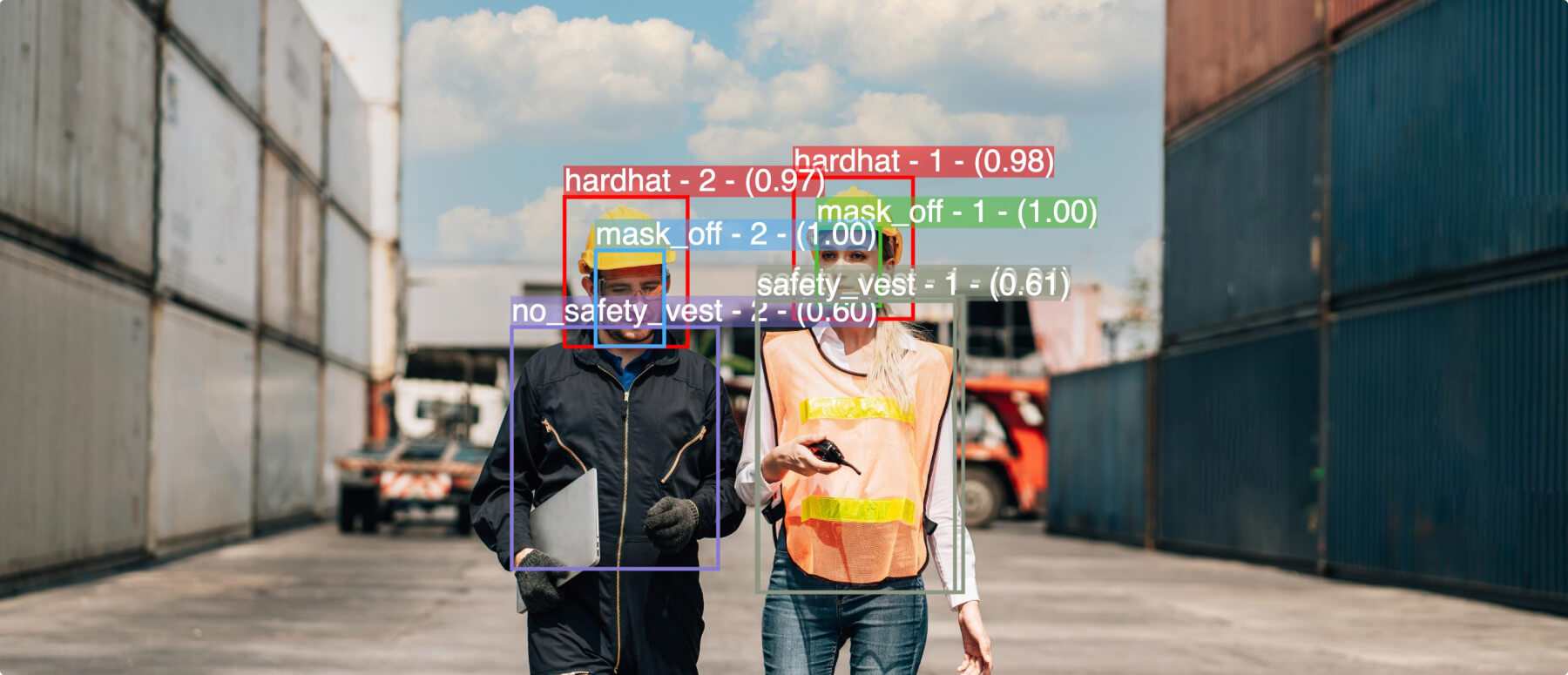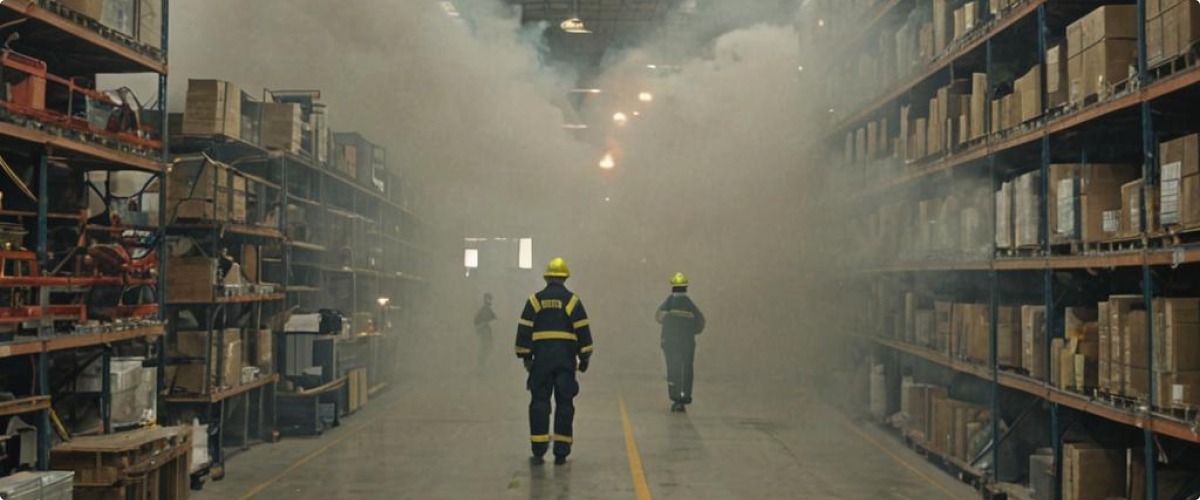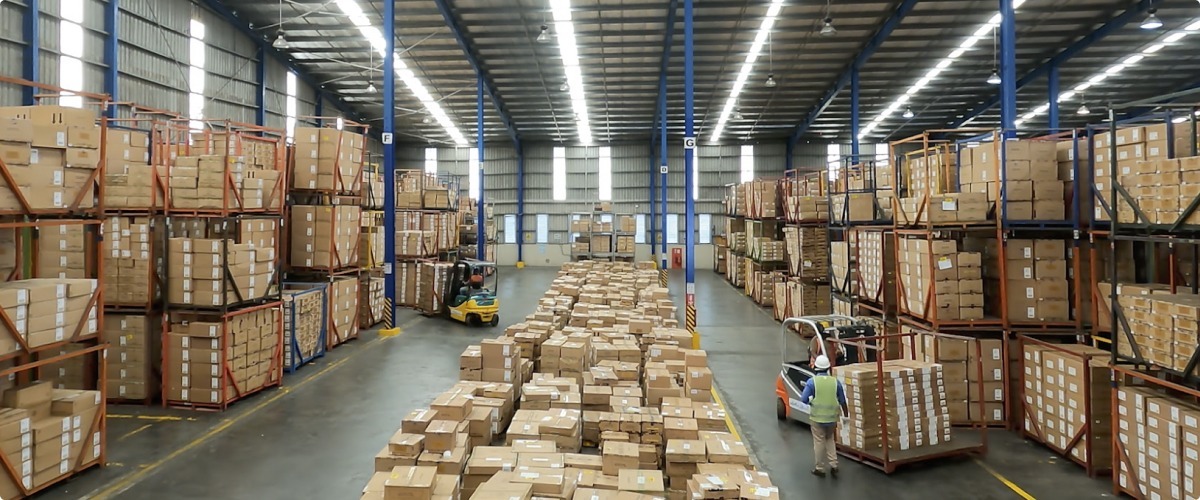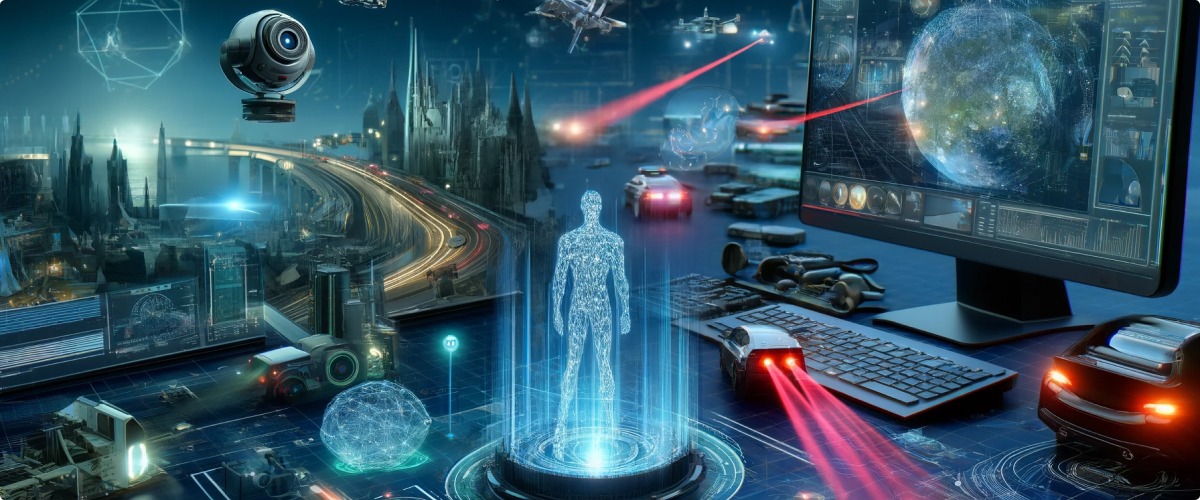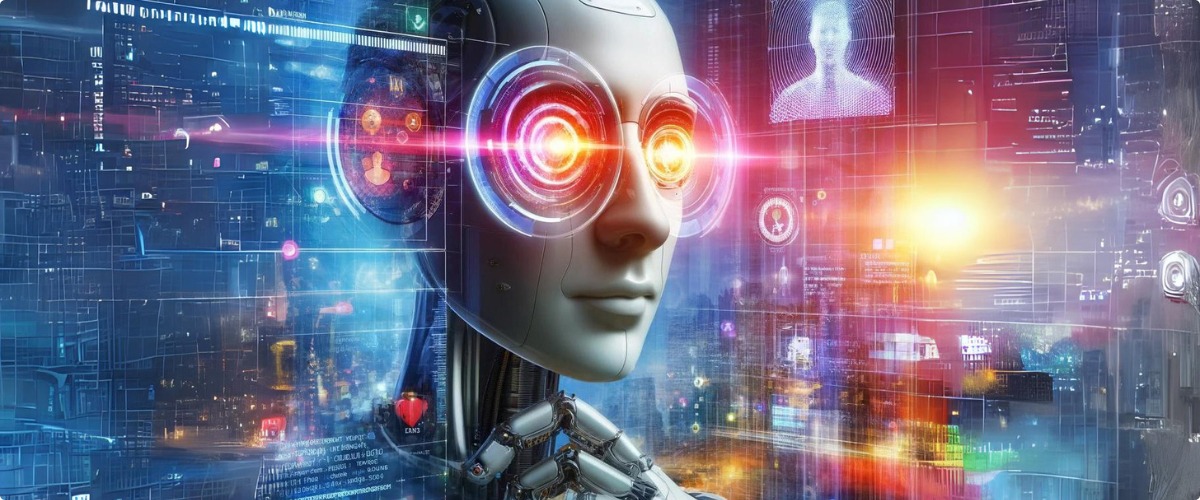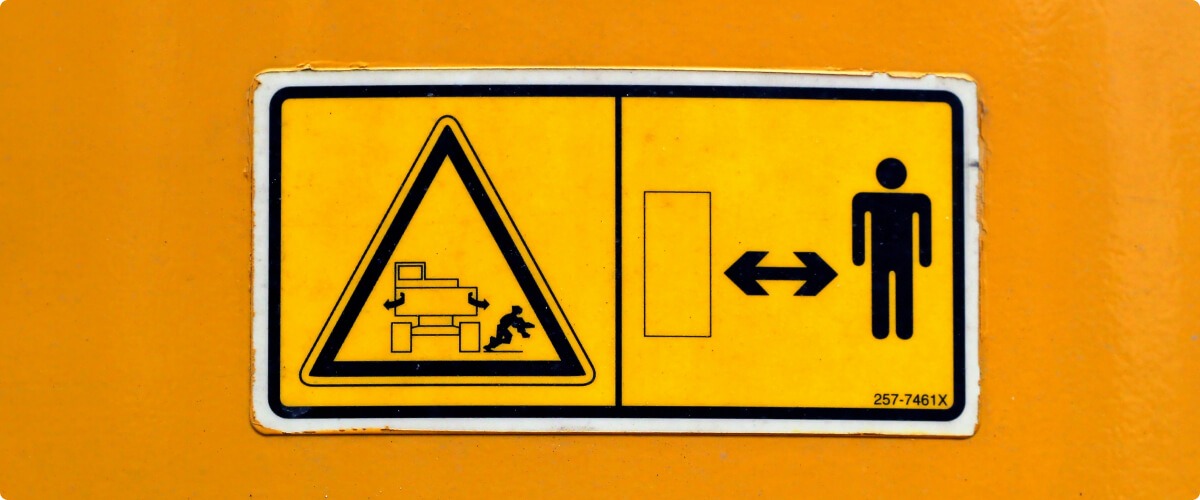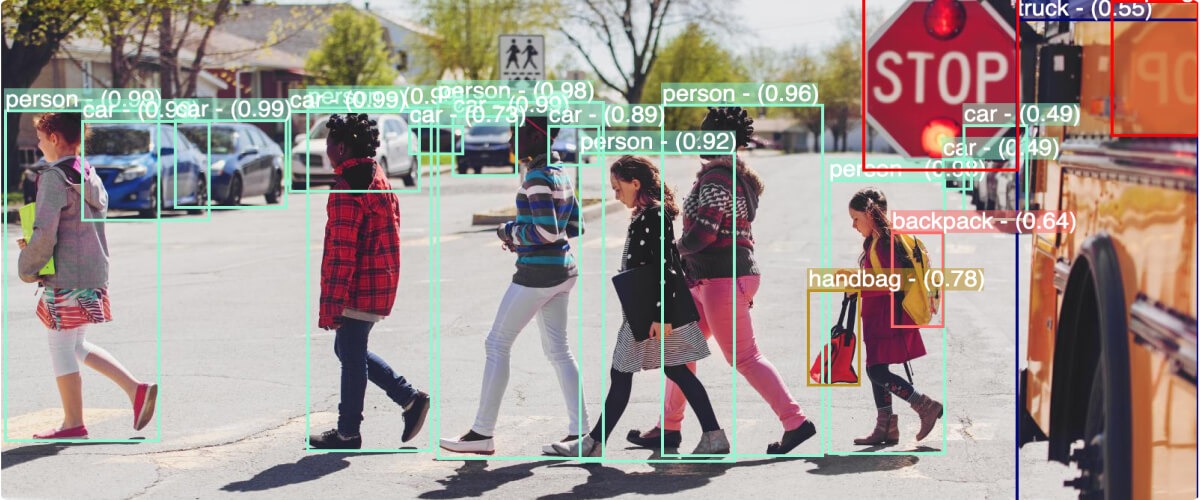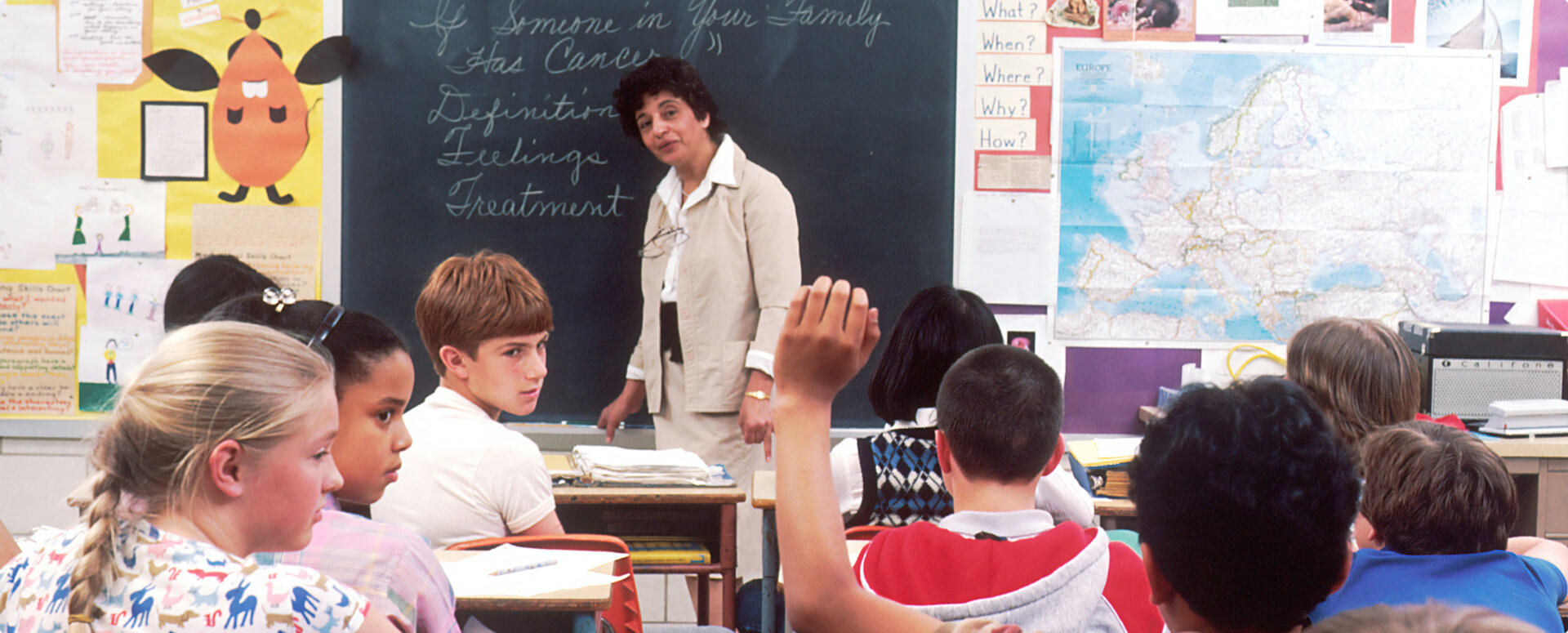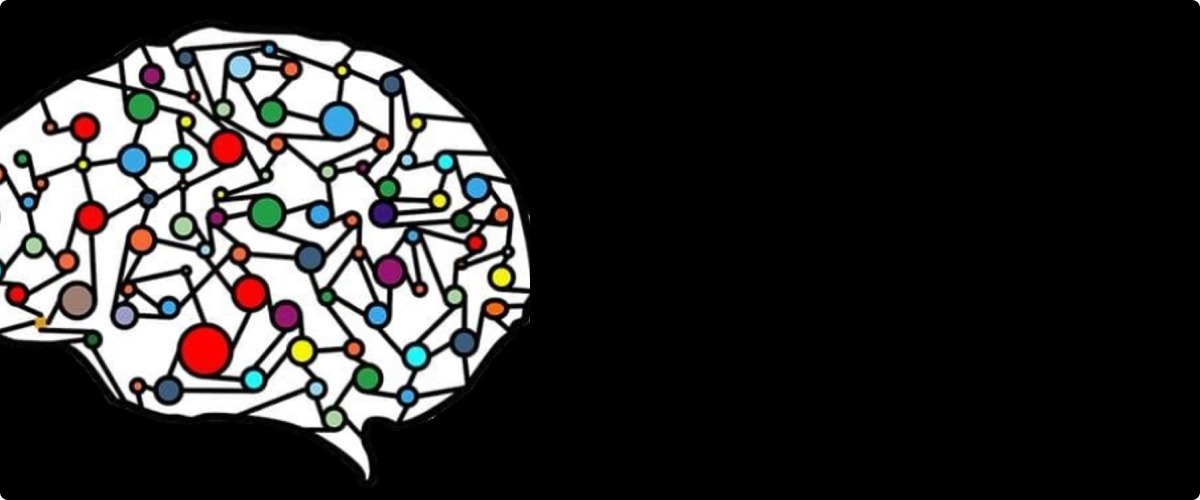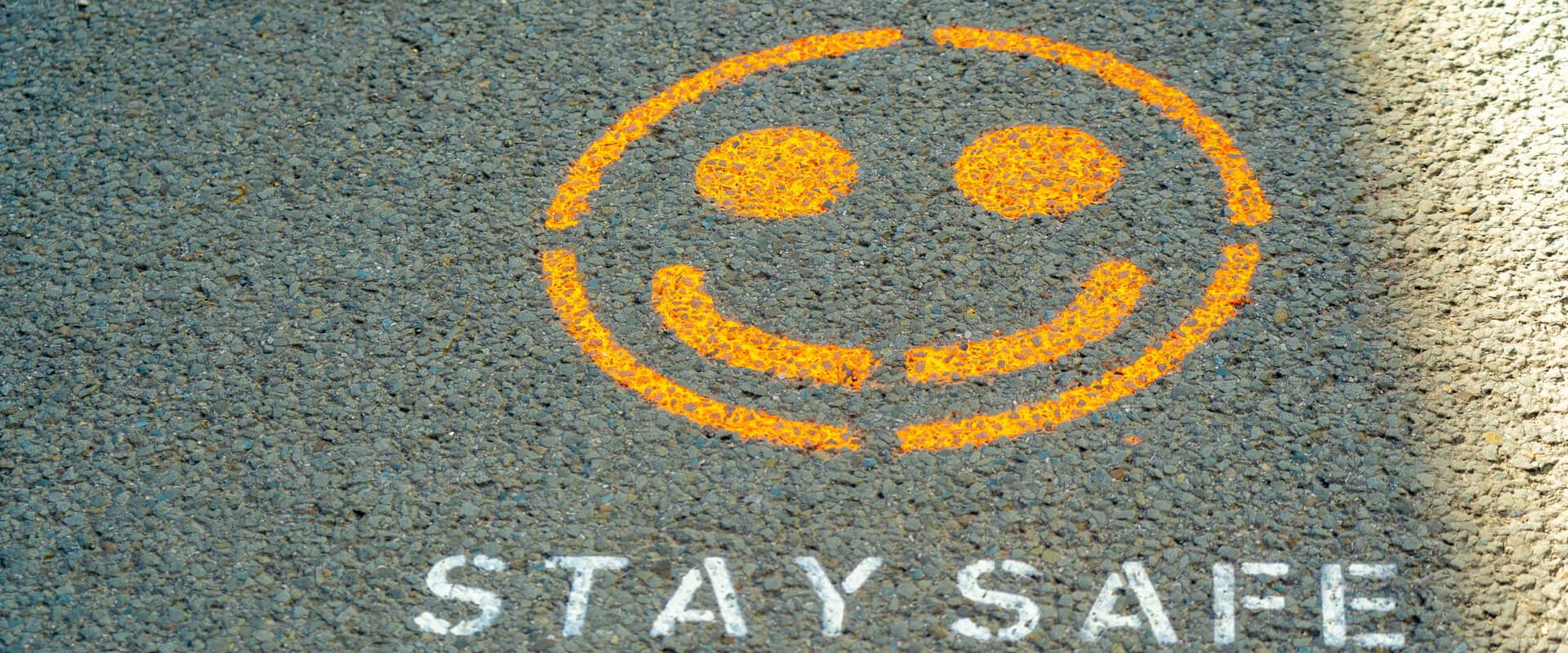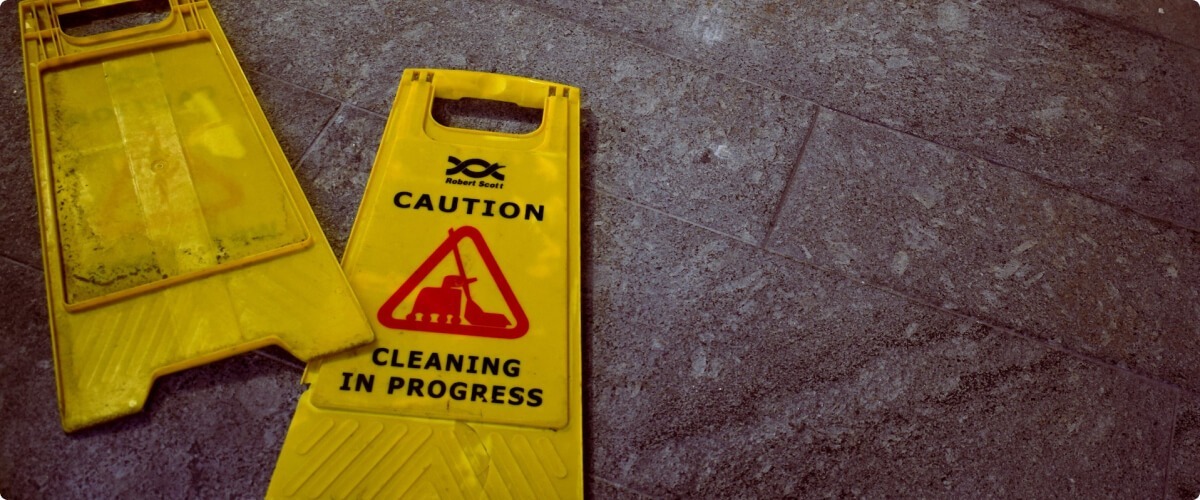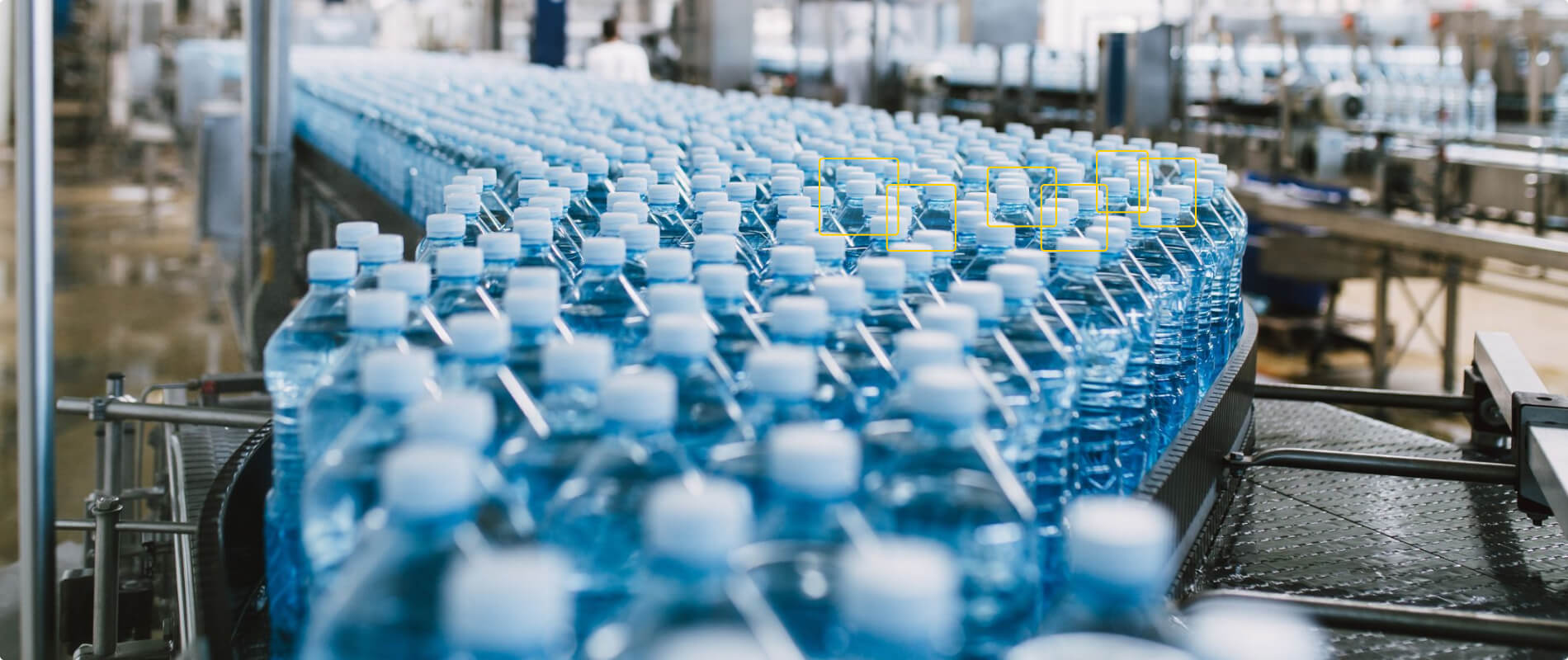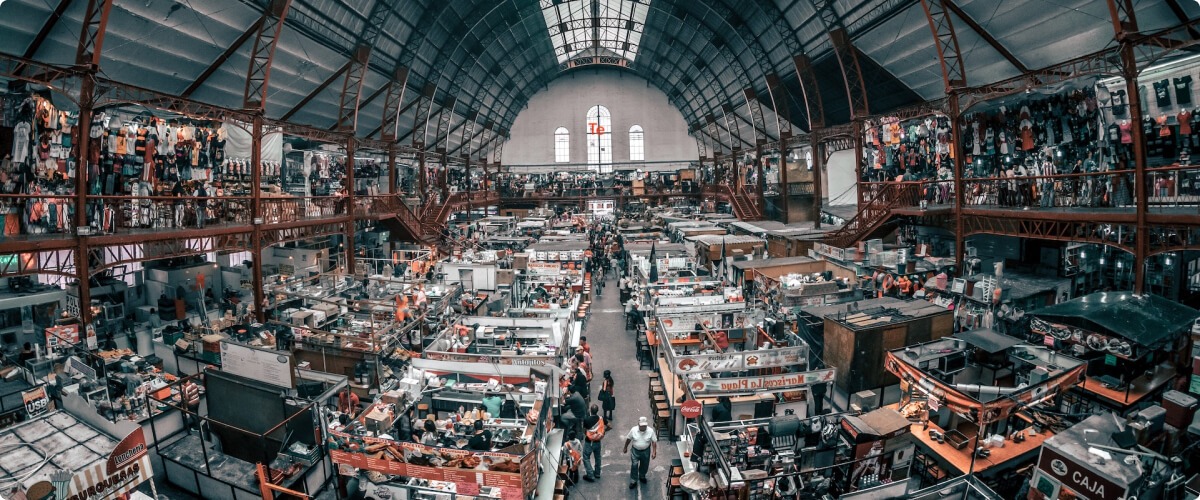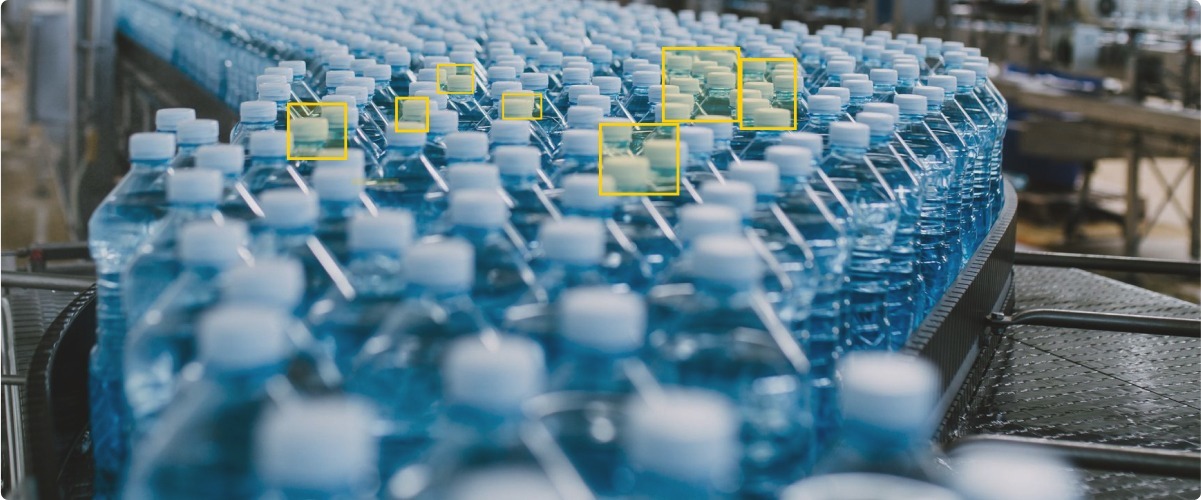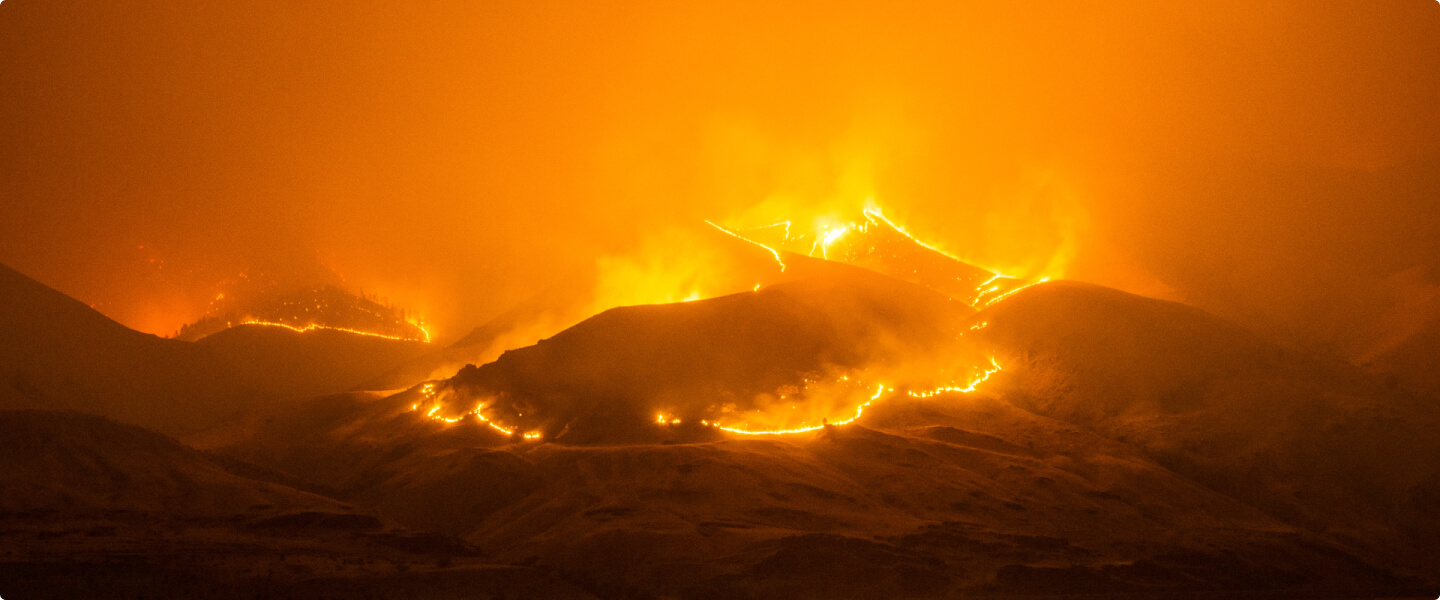Automotive parts manufacturing is a complex and dynamic industry that requires strict adherence to safety procedures and government regulations. One of the key safety measures is the use of Personal Protective Equipment (PPE) such as safety glasses, helmets, and gloves to protect workers from injury and ensure their well-being. Unfortunately, enforcing PPE compliance among workers can be a daunting task, especially when human intervention alone is not enough. However, with the advent of computer vision AI, detecting PPE compliance has become easier and more efficient.
Let’s explore how computer vision AI can help improve safety in automotive parts manufacturing by enforcing PPE compliance.
Understanding PPE compliance in automotive parts manufacturing
Before we delve into the role of computer vision AI, let’s first understand the importance of PPE compliance in the industry.
Importance of PPE in workplace safety
Automotive parts manufacturing is a potentially hazardous industry due to the use of heavy machinery and power tools. Therefore, it is important to ensure that workers are always protected from injury. This is where PPE comes in. PPE, or Personal Protective Equipment, refers to the specialized clothing and equipment that workers wear to protect themselves from potential hazards in the workplace. PPE is not just a regulatory requirement, but it is also essential for the well-being of workers.
Wearing PPE can significantly reduce the risk of injury and illness in the workplace. It can protect workers from a range of hazards, such as chemical splashes, electrical shocks, and physical injuries. By providing workers with the appropriate PPE, employers can create a safe and healthy work environment, which can lead to increased productivity and job satisfaction.
Common PPE requirements and standards
There are different types of PPE that are required in automotive parts manufacturing, depending on the job being performed and the hazard that is present. For example, workers may need to wear safety glasses when working with machines that could produce flying debris, or gloves when working with sharp objects. It is important to follow the required PPE standards to ensure the safety of workers.
The Occupational Safety and Health Administration (OSHA) has set guidelines for PPE use in the workplace. These guidelines outline the types of PPE that are required for specific jobs and hazards, as well as the proper use and maintenance of PPE. Employers are responsible for providing workers with the appropriate PPE and ensuring that it is used correctly.
In addition to OSHA standards, there are also industry-specific PPE requirements. For example, the National Institute for Occupational Safety and Health (NIOSH) has developed PPE guidelines for workers in the automotive industry. These guidelines address the specific hazards that are present in automotive parts manufacturing, such as exposure to chemicals and noise.
It is important for workers to be trained in the proper use and maintenance of PPE. This includes knowing when to wear PPE, how to properly put it on and take it off, and how to inspect and maintain it. By following these guidelines, workers can effectively protect themselves from workplace hazards.
What is computer vision?
Now that we have a better understanding of the importance of PPE compliance, let’s explore how computer vision AI can help improve safety in the industry.
Computer vision AI technology that enables machines to interpret, analyze, and understand visual data from the real world. This technology is used to train machines to recognize patterns and objects from images or videos, and then make decisions based on that data.
It has become increasingly popular in recent years due to its ability to automate tasks that were previously performed by humans. It has numerous applications across industries, including healthcare, retail, and manufacturing.
In the context of automotive parts manufacturing, computer vision AI can be used to detect PPE compliance among workers. This technology can analyze video footage from the factory floor and identify workers who are not wearing the required safety equipment, such as hard hats and safety glasses.
Implementing computer vision for PPE compliance
Now that we understand what computer vision is and why it is important, let’s explore how it can be implemented for PPE compliance in automotive parts manufacturing.
Setting up the computer vision system
The first step in implementing a computer vision system for PPE compliance is to set up the necessary hardware and software. This may involve installing cameras at different locations in the facility, and then connecting those cameras to a computer or cloud-based platform for processing the data. Also known as edge computing, this enables AI inferencing to occur closer to the data source, resulting in real-time responsiveness and reliable connectivity.
Chooch makes it easy for its customers to use their existing cameras to run AI models, reducing added infrastructure costs, while increasing the speed of deploying AI.
Training the AI model for PPE detection
Once the system is set up, the next step is to train the AI model to detect PPE compliance. This involves feeding the system with hundreds or thousands of images or videos of workers wearing PPE and not wearing PPE, and then letting the AI learn from those images. Often overlooked, the inference engine making predictions on this data plays a critical role in the success of computer vision. Edge deployment ensures that the AI algorithms can function with minimal delay and uninterrupted connectivity, enhancing overall performance and accuracy of the model.
At Chooch, we make it easy for customers to deploy AI with ReadyNowTM models specifically for common PPE use cases. Whether customers use ReadyNow models or their own, we have invested significant efforts in optimizing and enhancing our inference engine to ensure real-time processing and analysis of visual data at the edge.
Integrating the computer vision systems into manufacturing operations
After the computer vision system has been trained, it can be integrated into overall manufacturing operations. After detecting specific images and business-critical anomalies, the inference engine is capable of immediately comprehending their significance and instantly putting in motion pre-programed responses to them. This may involve setting up alerts that notify managers when workers are not wearing the required PPE or alerting employees that they are not in compliance.
For Chooch, we have optimized our computer vision platform to do these things in a fraction of the time a human being could even notice there might be an issue.
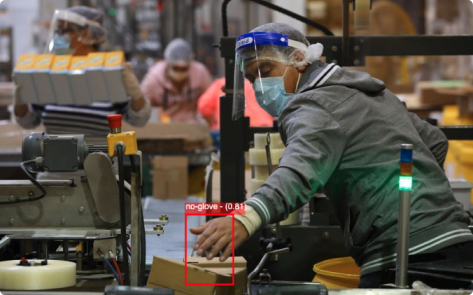 Benefits of using computer vision AI for PPE compliance
Benefits of using computer vision AI for PPE compliance
There are various benefits of using computer vision AI for PPE compliance in automotive parts manufacturing.
Improved safety and reduced accidents
By ensuring that workers are always wearing the required PPE, computer vision AI can significantly improve safety in the workplace and reduce the number of accidents.
Real-time monitoring and reporting
Computer vision AI can provide real-time monitoring of PPE compliance, allowing managers to quickly respond to any non-compliance issues. It can also generate reports that provide insights into the compliance rates and areas that need improvement.
Increased efficiency and cost savings
By automating PPE compliance monitoring, computer vision AI can help increase efficiency and reduce costs associated with manual monitoring and intervention.
Challenges and limitations of computer vision in detecting PPE compliance
While computer vision AI offers various benefits for enforcing PPE compliance, there are also some challenges and limitations to consider.
Ensuring accuracy and reliability
The accuracy and reliability of computer vision AI systems are dependent on the quality and quantity of the training data. Therefore, it is important to ensure that the data used for training is comprehensive and unbiased.
Addressing privacy concerns
Computer vision AI involves capturing and processing images and videos of people, which raises privacy concerns. It is important to ensure that all privacy regulations are followed, and that workers are aware of the monitoring that is taking place.
Overcoming technical and logistical hurdles
Implementing a computer vision AI system for PPE compliance can involve technical and logistical hurdles, such as connectivity issues and hardware/software compatibility. It is important to ensure that these hurdles are overcome before implementing the system.
Computer vision AI offers an innovative solution for monitoring and enforcing PPE compliance
Enforcing PPE compliance in automotive parts manufacturing is crucial for the safety and well-being of workers. Computer vision AI offers an innovative solution for monitoring and enforcing PPE compliance, resulting in improved workplace safety, increased efficiency, and reduced costs.
While there are challenges and limitations to consider, the benefits of using computer vision AI for PPE compliance are undeniable. By implementing such a system, automotive parts manufacturing companies can improve safety and compliance rates, while also demonstrating a commitment to their workers’ well-being. Learn more about the Chooch AI Vision platform, and how it can benefit your safety processes.

